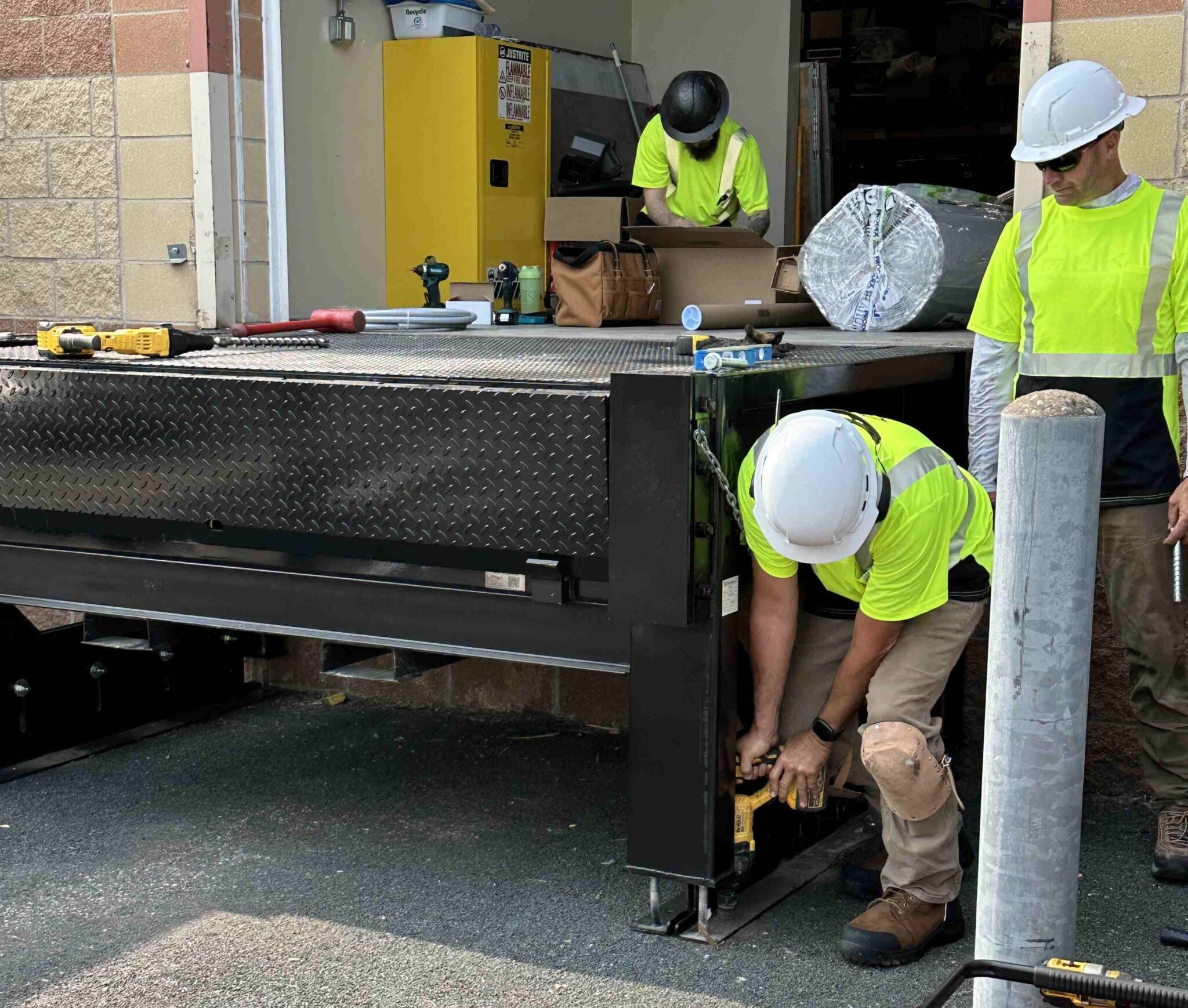
Your dock leveler set-up can be a make or break for your loading operation. So it’s a good thing there’s a refreshing departure from the traditional pit leveler when it comes to adding and installing dock levelers.
Break Down Your Dock Leveler Needs
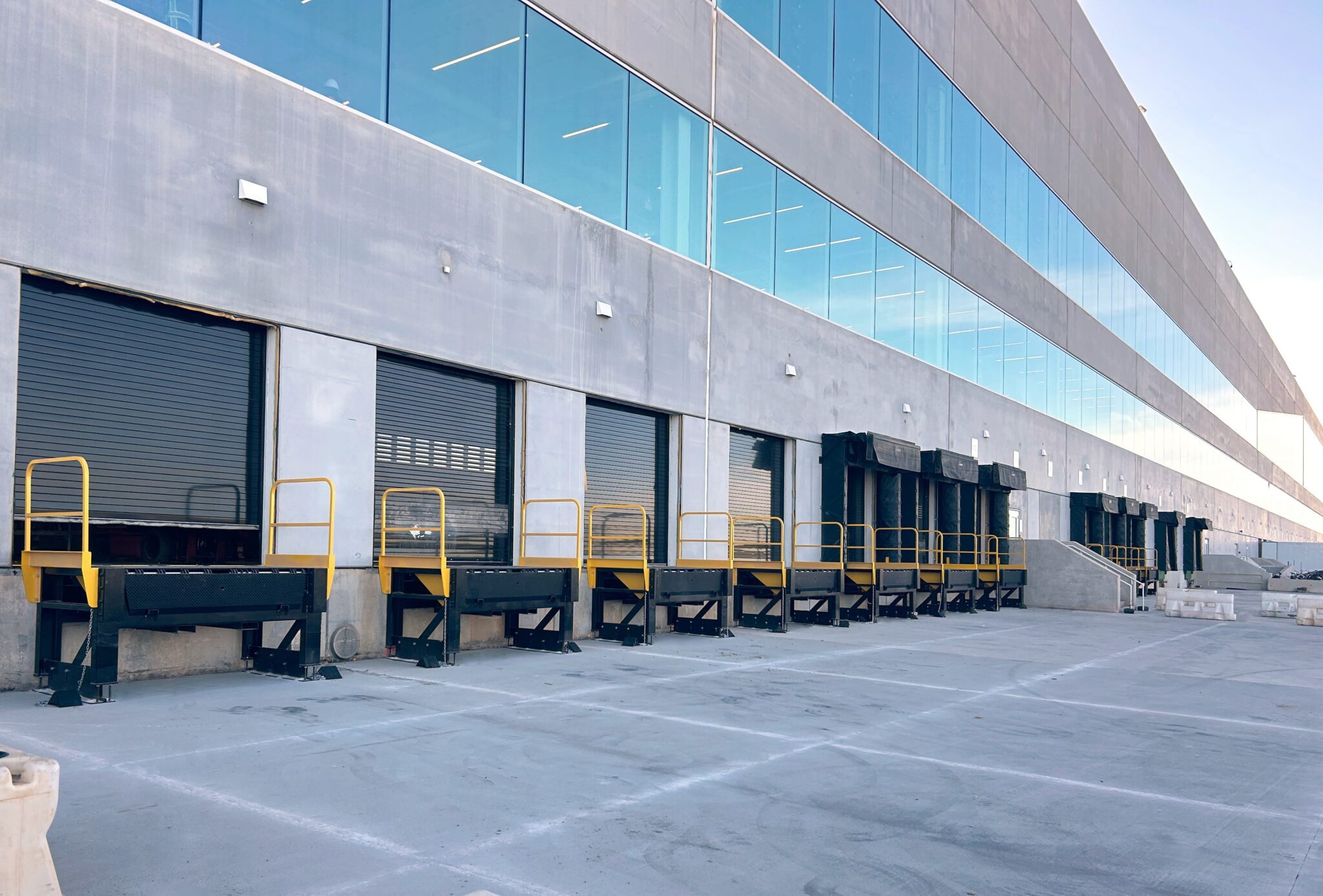
There’s a massive array of dock levelers on the market so how do you land what’s right for your operation? Before you dive deep into the abyss of dock leveler installation, ask yourself a few questions about your loading operation needs to find your dock leveler match
What are you loading? Are you using a forklift or pallet jack? How much do your loads weigh? These factors help to determine the dock leveler capacity needed.
What types of vehicles do you service? Do you always service the same size vehicle, or do you service varying size vehicles? The trailer/vehicle size dictates the dock leveler size you will need for your service range.
How busy is your dock? If you have a high-cycle environment, you’ll want a hydraulic dock leveler that doesn’t invite safety concerns or slow your team down with manual operations.
Do you have an existing dock leveler? Are you looking to replace a dock leveler or are you working with a building that doesn’t have a dock leveler? You will want to consider the age and state of your building and how pit-style dock leveler construction may actually churn up bigger issues, such as hazardous silica dust, water mains and more. If your building is older or has already sustained damage, an exterior-mount dock leveler may be a better choice.
How much downtime can you afford? When it comes to digging new pits for pit-style dock levelers, you should plan significant downtime (4-6 weeks) as various contractors will need to be involved to complete the project. Conversely, exterior-mount dock levelers can be installed in 1-2 days per dock.
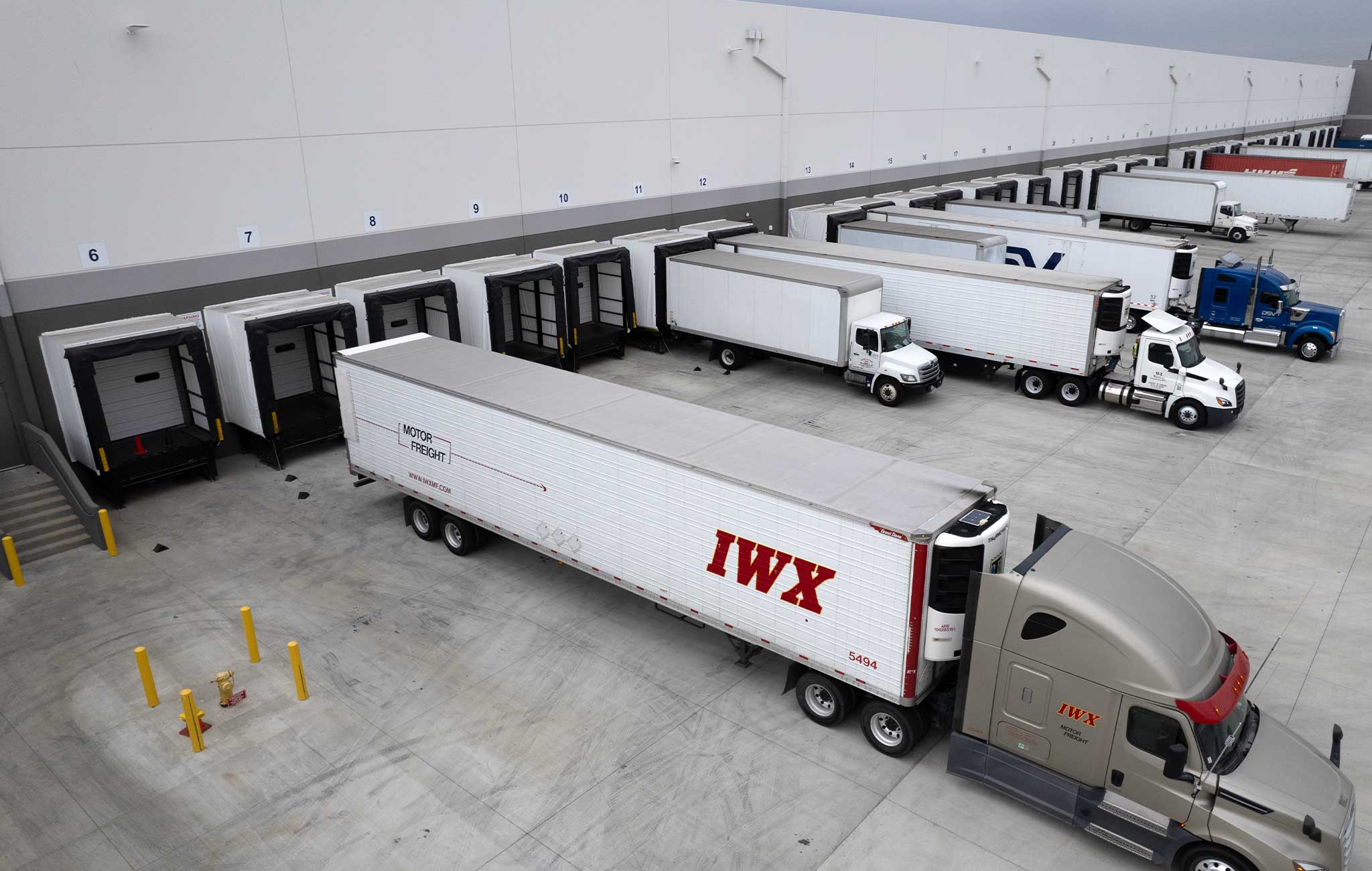
Plan Your Dock Leveler Installation
By understanding the pros and cons and dock leveler installation options, you can make a game-changing decision to enhance operational efficiency and safety.
Picking the Right Dock Leveler
There are two main types of dock levelers–mechanical and hydraulic. There are also two different styles of dock leveler installation–traditional pit-style and the more modern exterior-mount dock levelers which are gaining popularity with forward-thinking companies. Let’s break these down in the simplest form possible.
Mechanical vs Hydraulic Levelers
Mechanical dock levelers rely on manual operation to adjust to the appropriate height for loading or unloading. Primarily, mechanical dock levelers are suitable for operations where there’s a low volume of traffic as they not only pose significantly higher safety risks but also often have more maintenance requirements.
On the other hand, hydraulic dock levelers dock levelers can be adjusted with the push of a button, reducing strain on the operators, and increasing efficiency in high-demand facilities. Although the upfront cost is higher, hydraulic dock levelers have the lowest lifetime ownership cost and require minimal maintenance.
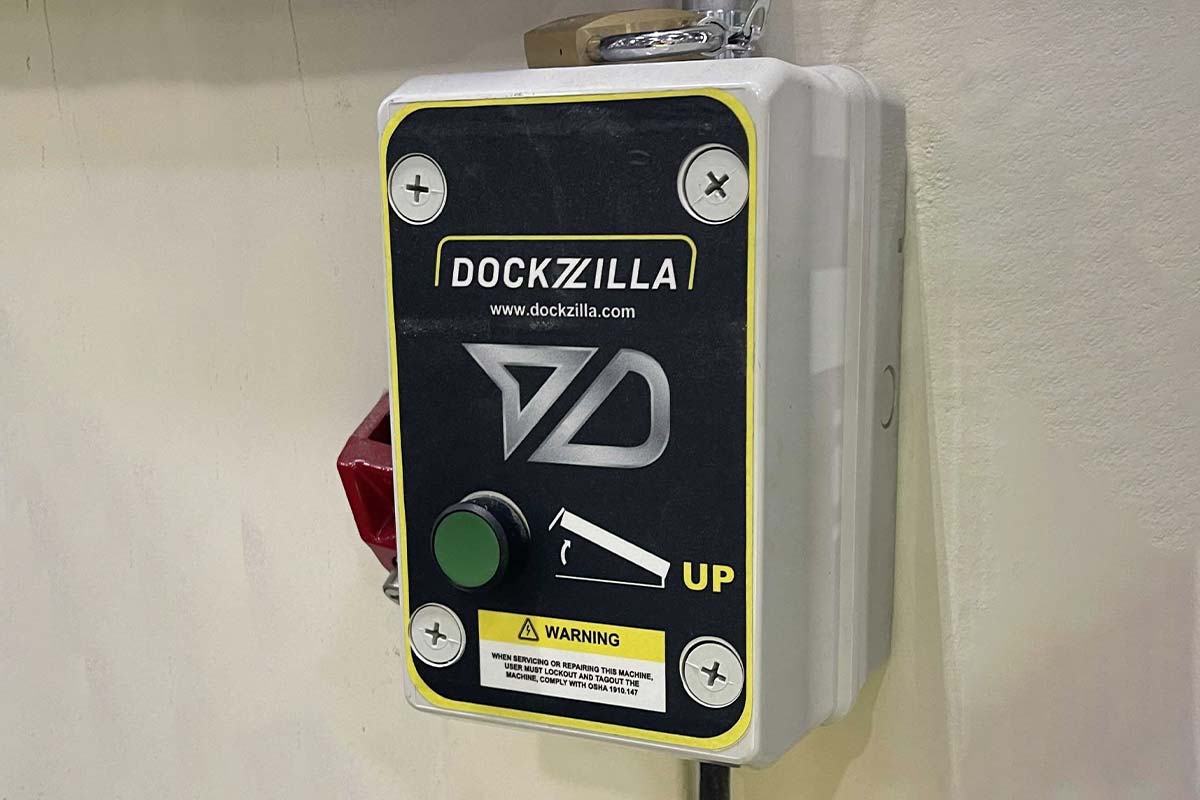
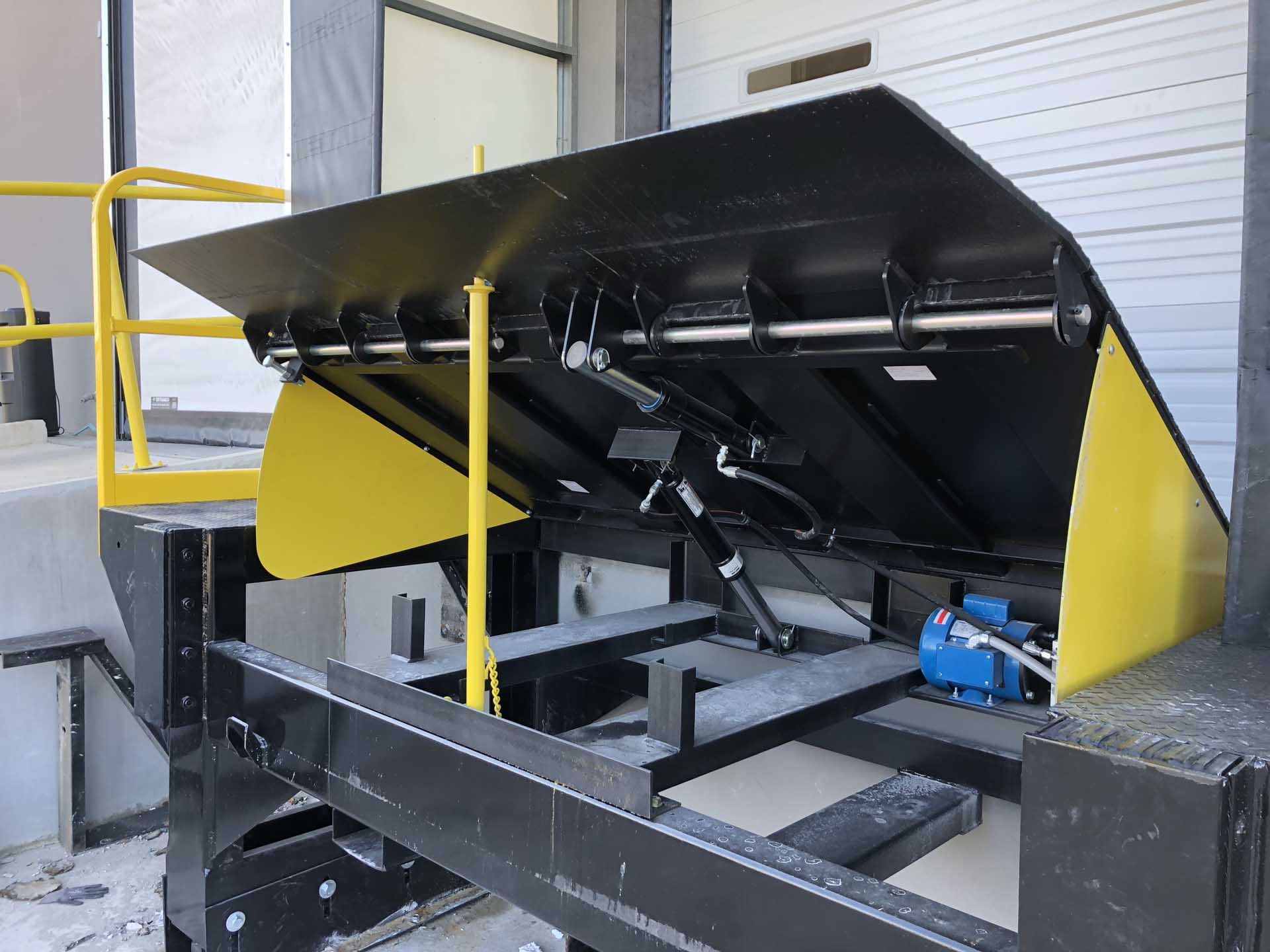
Exterior-Mount vs Pit-Style
While pit-style dock levelers have traditionally been the standard, the industry has taken a giant step forward with modern exterior loading dock leveler options that address long-standing dock leveler pain points. Exterior-mount dock levelers upend the extensive and construction-heavy install time of pit levelers and are often installed in just one day. And, because they bolt on to the exterior, they eliminate energy loss and stabilize temperature control. Finally, they have a high-strength steel frame to protect the building from vehicle impact.

Dock Leveler Budget Considerations
Patience pays off if you consider the lifetime ownership costs of a hydraulic dock leveler. Hydraulic dock levelers may cost more initially, but their ease of use and lower maintenance may be a better investment long term. Additionally, the exterior-mount dock leveler saves up to $2,500 per dock per year in energy bills depending on the climate.
Questions to Ask Potential Partner
Want to find a great partner? Find a partner who can truly get into the weeds to understand your loading operation and don’t be afraid to ask:
How do you help your customers select the right solution? You’ll want to ensure you have the expert counsel you need to get the dock leveler solution that will best fit your loading needs.
Do you offer engineering support? Engineering expertise (versus just a sales rep or order taker) indicates a deep understanding of different operational environments and the ability to help you foresee and mitigate challenges.
What warranties do you offer? Understanding the warranty details can help you gauge the confidence a provider has in their products and installation services.
Can you provide case studies or references from past projects? References can offer insights into the provider’s experience and success in environments like yours.
How do you manage project timelines and deadlines? This question helps set expectations for the installation process and ensures your operations face minimal disruption. Whether you choose a mechanical or hydraulic dock leveler, installation involves several key steps.
Choosing the Right Partner for Your Dock Leveler and Installation
Selecting the right partner for your dock leveler and installation is crucial. The expertise, reliability, and support your partner provides can significantly impact the efficiency and longevity of your installation.
Here are a few things to consider and questions you should ask to make sure you’re making the best choice for your operation:
Experience: Look for a partner with extensive experience with loading docks, including dock levelers and dock leveler installations.
Reputation: A partner’s reputation in the industry speaks volumes about their commitment to quality and customer satisfaction. Seek our reviews, testimonials, and case studies that demonstrate their track record.
Service: The relationship with your partner shouldn’t end once the dock leveler is installed. Service support is essential for ensuring the longevity of your equipment.
Take the Next Step with Dockzilla Dock House and Dock Leveler
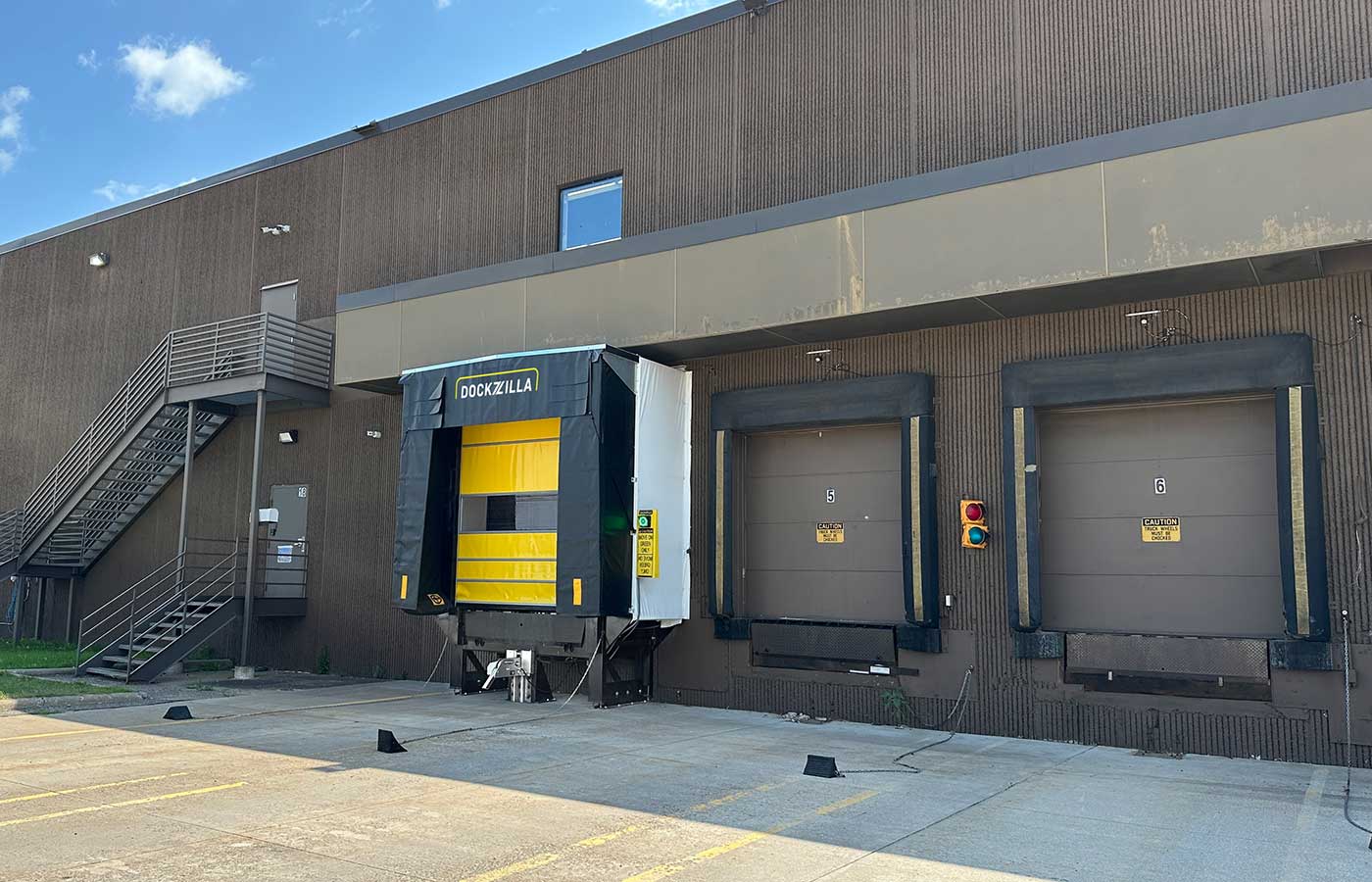
Why Choose a Dockzilla Dock House and Dock Leveler?
Experience: Customers that contact Dockzilla’s sales team of architectural, mechanical, and industrial engineers get answers, ingenuity, and support. These engineers leverage real-world experience with loading operations to assess customer needs, direct site surveys, and do the math to deliver the optimal dock leveler solution. They can assist with leveler sizing and capacities, with specialized integrations such as scissor lifts, skewed approaches and more.
Innovation: Dockzilla has moderizenized the loading dock with the Dock House Exterior Dock Leveler to add dock levelers on the outside of the building without structural changes or disruption to internal operations.
Durability: The exclusive Dock House steel frame diverts trailer impact away from the building, protecting it long-term, and installs easily on asphalt with an adjustable base, eliminating the need for footings. The Dock House Exterior Dock Leveler is designed for long-term use and includes a 5-year structural warranty.
Safety: The loading dock equipment is architecturally designed per OSHA/IBC codes for safety. Dock House Exterior Dock Levelers are self-supported and equipped with safety features to protect employees, including 21″ and 42″ fall protection and push-button operation.
Cost Savings: Cost savings start with a quick dock leveler installation with no internal operational downtime. The savings become exponential over time when you factor in energy savings of $2,500 per dock per year (depending on the climate), safer operation, the ability to relocate equipment with no building reclamation costs, and long-term building impact protection.
Read about how the Dockzilla Dock House and Dock Leveler drives sustainability and savings for a European global logistics leader.
How is a Dockzilla Dock House and Exterior Dock Leveler Installed?
There is a significant difference between the installation of a pit-style dock leveler and the Dock House and Dock Leveler. Pit-style dock levelers require weeks of construction, including permitting, demolition and concrete work, while Dockzilla’s Dock House and Dock Leveler are bolted on in 1-2 days (per dock door).
Step One: Install Self-Standing Dock Leveler
The exterior self-standing dock leveler with an adjustable steel frame is bolted to the ground.

Step Two: Add Dock House Structure
The modular Dock House structure is bolted to the building wall and optional lighting and insulation are installed.
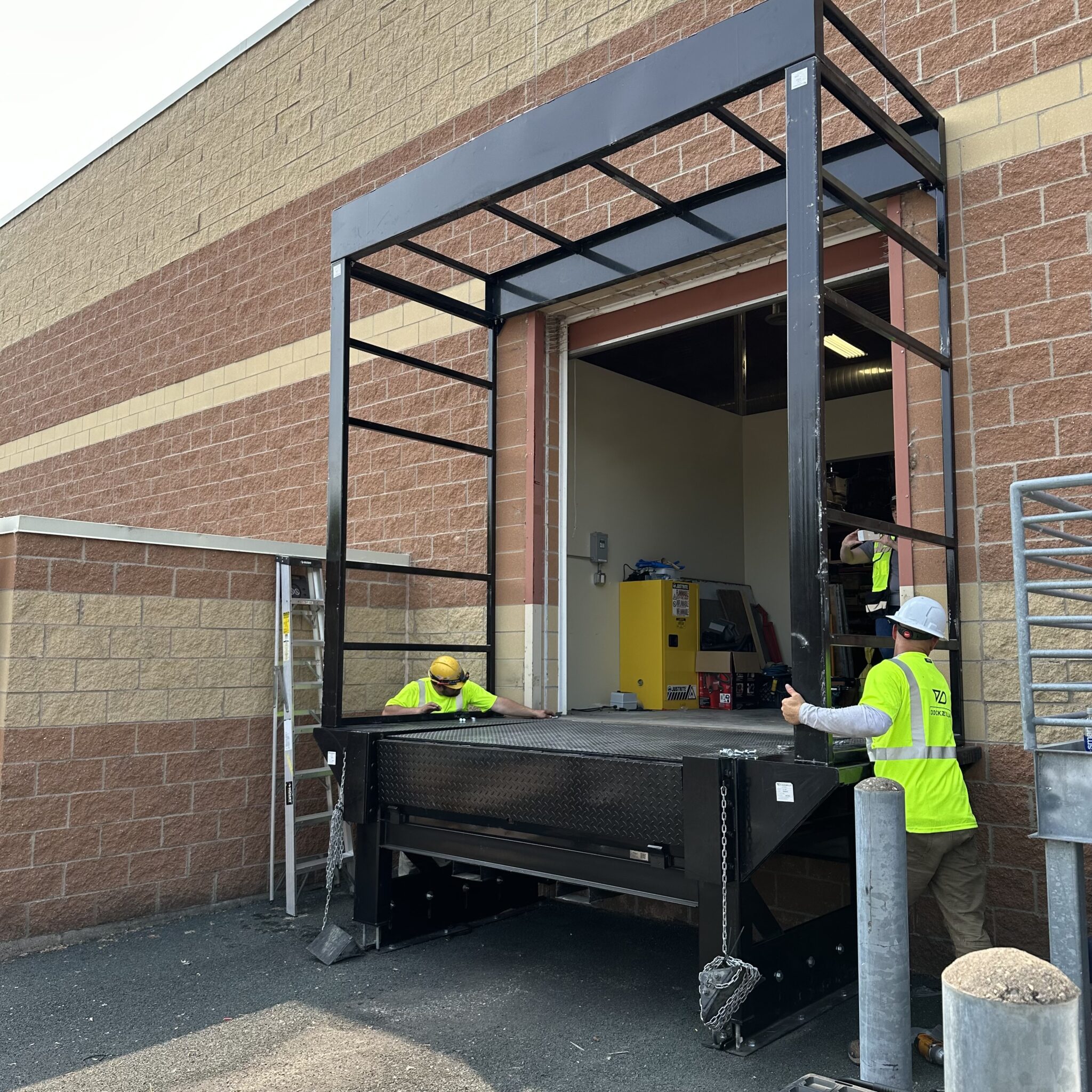
Step Three: Add Snow/Wind-Rated Canopy & Dock Shelter
The industrial vinyl canopy on the Dock House is added for integral flashing, hot weather cooling and ambient light. A shelter or seal is added on the front while a rain diverter is installed on top.
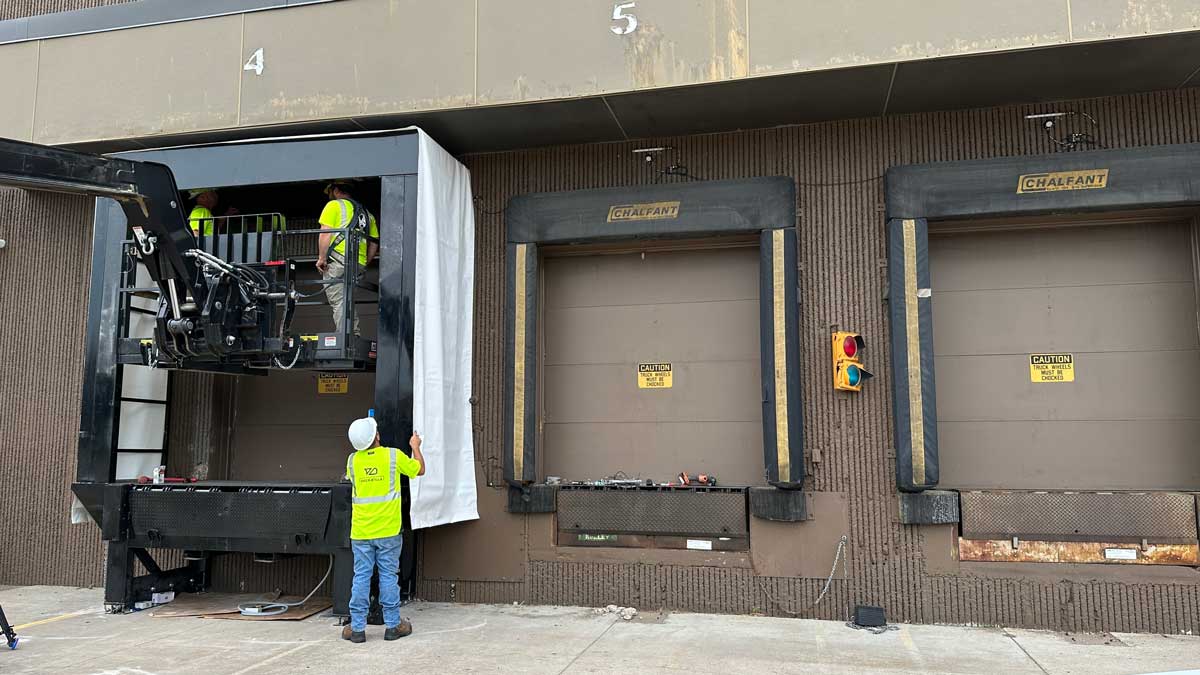
Step Four: Add Optional Vehicle Restraint and/or Door
Add an environmentally sealed door, available in power or hand options, to create a thermal vestibule. And, finally, optional vehicle restraints include ground-mounted or rotating hook (off-ground) options.

GET MORE INFO
Ready to start your dock leveler installation? Talk to a real engineer who understands what goes down at the loading dock.

